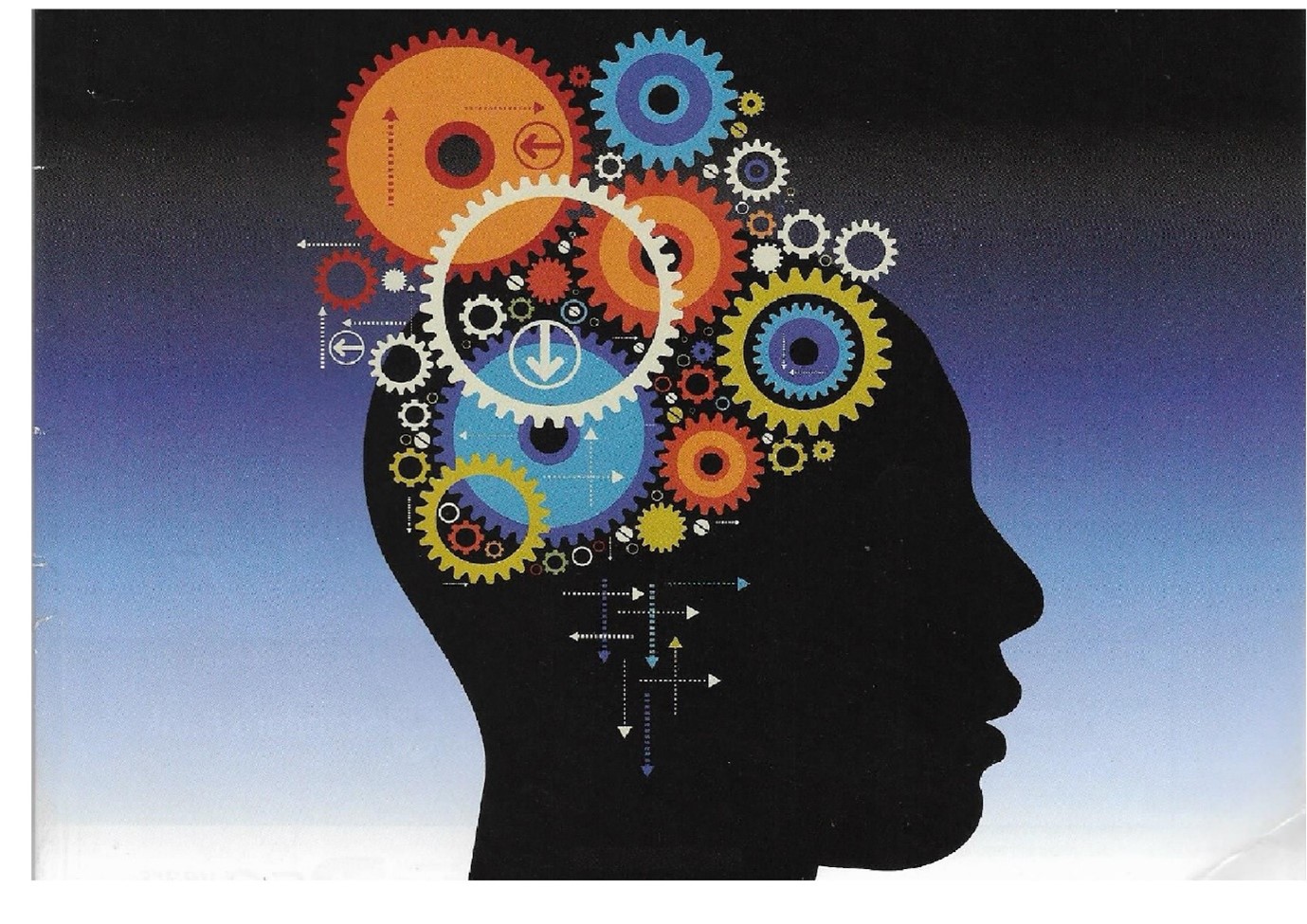Migration: Why African Cities are the Hubs of Economic Boom
According to The Africa Wealth Report, the combined individual wealth of all Africans is USD $2.4 trillion today. Clearly, it’s boom time in Africa but its not from the abundant natural resources, but as elsewhere in the world, it’s driven by urbanization and migration, by the year 2100, 13 of the world’s 20 biggest megacities will be in Africa.
Yet, many economic plans and strategies in many African countries tend to focus on preventing migration into cities. Forgetting, for many, these cities provide an extraordinary canopy for innovation, application of modernity and novel lifestyles. Clearly, there is need for policy makers to move away from negative perceptions towards migration and urbanization.
AIMS seeks to support African cities in dealing with these matters through research, exchange, dialogue, and practical projects for or with the city governments concerned.
Skills Recognition: The Plight of Highly Skilled Migrants
There is a need to focus on the problems skilled migrants face when it comes to recognition of the qualifications, they gained outside of their host country. In particular, the question is weighty in how receiving countries should deal with these difficulties. Very often, skills and qualifications that African migrants acquired back in their home countries are not acknowledged in the region leave alone abroad.
This situation causes not only confusion and frustration among skilled workers who migrate within the region but it also keeps highly qualified employees from entering both the international and regional African labor markets.
AIMS calls for research action in view of regional labor markets and integration issues
Technology versus Human Rights

Many countries are seeking to address increased number of migrants and travelers entering their countries through improvement of border technology. The deployment of biometric identification documents at all entries and exits ensures all travelers are captured into a data base. It helps detect illegal migration but at the same time facilitates legal migration.
The database creates a virtual border that holds not only technical but also socio-political dimensions that can be manipulated for positive or negative purposes.
AIMS focus is on the balance between border management and human rights consideration.
